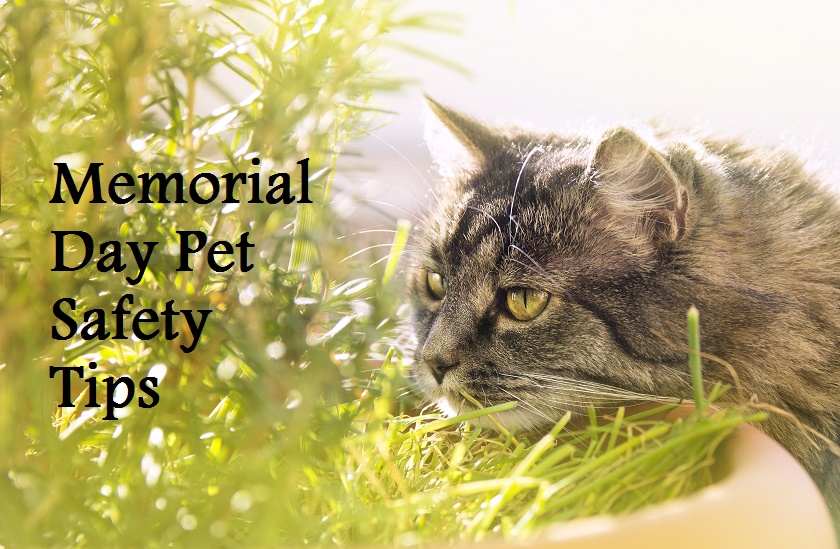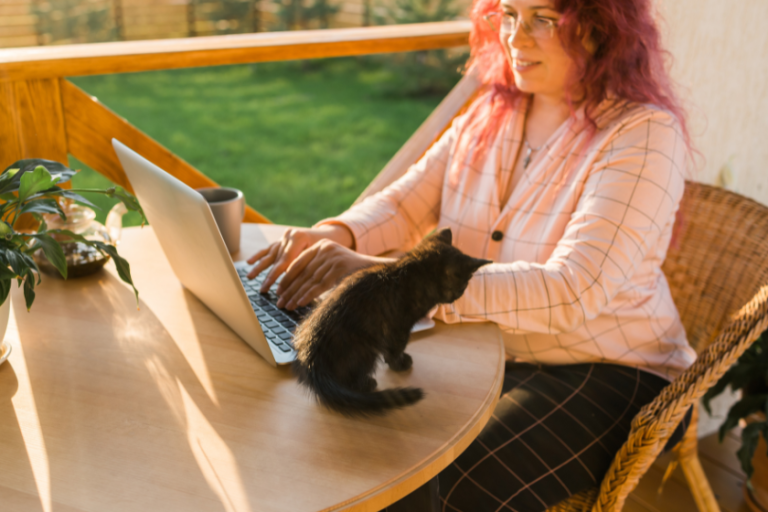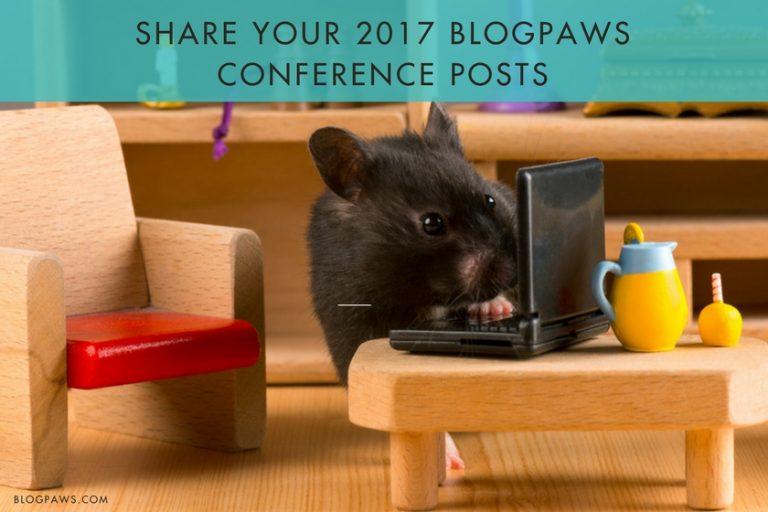Blogging 101: The Art Of The Story
Post by Blog Manager Robbi Hess
Just the facts, Ma’am. That may have been the mantra on many a crime show and when I worked at the newspaper. Readers of a newspaper want the facts; they don’t want your opinion, unless you are sharing it on an editorial page.
How does this relate to pet blogging? Well, when I left the newspaper business and became a “regular writer” as opposed to a journalist I had to learn to relax a bit and draw readers in with my stories. I found, from reading blogs of writers I admired, that they could still weave the journalistic, “Who, What, When, Where, Why and How” into a blog post so that I did have all the facts that I needed, but they did it around a story.
What help will this be to you when you’re blogging? Maybe you need to look at things as if you were a journalist and start from the  bare bones of the “Who, What, When, Where, Why and How” and then weave a story around those facts. For some writers who are just starting out it’s hard to 1) stick to a topic and 2) wrap it up having made a point. Readers don’t love that. Readers want to know what they are getting out of the blog post they’re planning on reading and want your post to live up to the promise you made in your headline.
bare bones of the “Who, What, When, Where, Why and How” and then weave a story around those facts. For some writers who are just starting out it’s hard to 1) stick to a topic and 2) wrap it up having made a point. Readers don’t love that. Readers want to know what they are getting out of the blog post they’re planning on reading and want your post to live up to the promise you made in your headline.
How can you do this? Pick a topic about which you might blog then apply the 5 Ws and the H and see if it can fit. Let’s say for example I took one of the August pet blogging prompts I offered and we use it as a jumping off point. I took #24 as it is something about which I am familiar: How to stay organized and on track with life and blogging.
- Who: You’re telling the reader how you do it but you are talking to the reader. “You can stay organized by doing XYZ.” Remember, even though you’re blogging from your set of experience you want the reader to feel as if you are writing to her.
- What: Staying organized and on track with life and blogging. This is your blog posts theme statement and the topic around which you are writing. Don’t veer off into no man’s land and start blogging about how your watch broke or the bus was late or you burned dinner (those may be posts for another time, but stay on track with your What)
- When: Do you need to stay organized? Ask the question of the reader. Is it all the time? Only on Mondays? When do they feel the time crunch the most? When the kids are on vacation? Your When could also be the time (the when) you realized you needed help staying organized and now are sharing your tips.
- Where: This could go two ways. Where in the organizational, or dis-organizational, process are you? In the midst of not being able to find anything in your office and that prompted you to get organized? Or is your Where, the Where you are in this point in your life that makes you know the time is NOW to get organized once and for all. There could be a prompting factor for your reader (just as there was for you) to start to tame this beast.
- Why: For this piece the Why could simply be because your life is out of control or because your pets are in danger of being crushed if the stack of papers fall over on them. If you’re blogging about grooming your dog at home, the Why might be, “to save money,” or “because Fifi doesn’t like the car.” The Why if the piece is your own “light bulb” moment and this is part of the story you’re sharing with the reader.
- How: Did you get out of this mess? Getting out of it, may mean sharing your story of How you got into it. What tips can you offer the reader to help them gain control of their own chaos? The How may be the main reason your reader started looking at your blog in the first place; they want to know How you’re doing things because you seem like you have it so together!
The next time you sit down to write a post for your pet blog, see if the 5 Ws and the H will help you pull your thoughts together. Who knows, using this method might even help you uncover even more writing opportunities. I’d love to hear if you’ve ever used this method.
(Photo: Shutterstock Puppy on newspapers)




